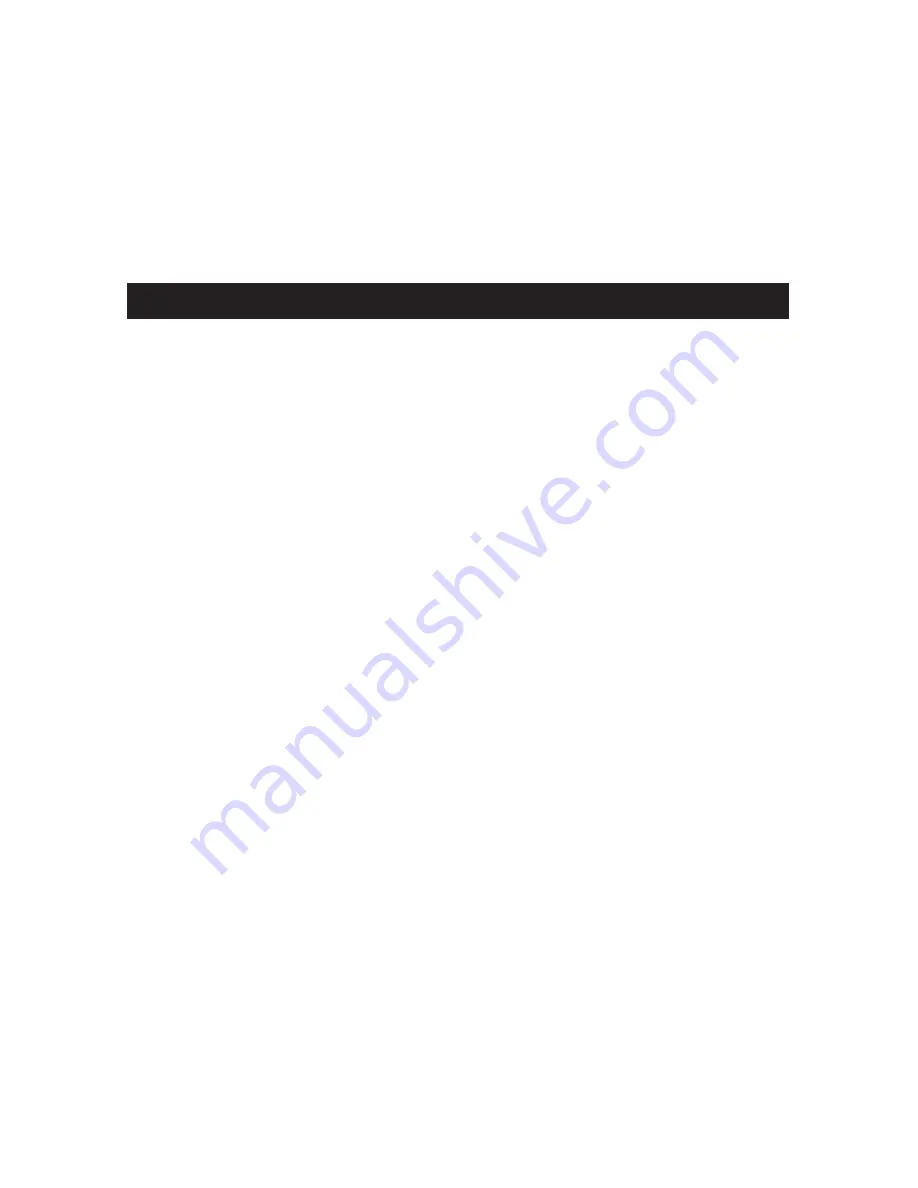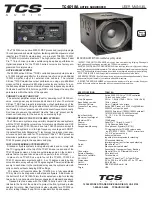
A Note on Power Handling Capability:
The S15d and S8d will handle full rated power in the recommended enclosure size.
However, the S12d and S10d have specific excursion limited (not thermal limited) power
ratings in their stock box sizes. For these models to handle their rated power they must be
used in smaller boxes.
The S10d will easily handle up to 350 watts in the .66 cubic enclosure; if more power (up
to 450 watts) is available, the box size should be reduced to .60 cubic feet.
The S12d will handle up to 425 watts in the .88 cubic enclosure; if more power (up to 600
watts) is available, the box size should be reduced to .66 cubic feet.
BUILDING YOUR ENCLOSURE
Your enclosure should be made of 3/4" wood, minimum. Avoid low density material such
as common particle board and low grades of plywood. The recommended materials are
MDF (medium density fiberboard), high density particle board or high quality void free 7 to
13 ply plywood such as marine plywood. Because of the extreme pressures which can
occur in the small enclosure your driver requires, use of material thinner than 3/4” may
result in panel vibration and should be avoided.
When assembling the box, include glue blocks to strengthen corners and add
cross-braces if you detect panel vibrations. Use a good grade of wood glue (such as
Elmer’s Professional or Titebond) on all joints. Do not use silicone, hot glue or caulk in
place of glue. When the glue has set, seal all the inside joints with a liberal application of
silicone sealer. This is important to ensure an airtight seal.
All the recommended enclosure specs require a 50% fill of polyester fiber. Commonly
called fiberfill, it is normally used as pillow stuffing.
The use of terminal cups is the preferred means for getting wires to the woofer. If cups
are not available drill a hole slightly larger than the wire used and carefully seal around the
wire with silicone sealer. This is also very important to maintain a perfect seal in the box.
Be sure to observe polarity when wiring up any speakers. Incorrect polarity will cause a
loss of sound quality and in the case of woofers it can decrease output dramatically.
If the woofer mounting hole is not cut exactly to specifications there is a good chance
that air can leak out through the screw holes. To remedy this problem you can use a
non-hardening sealer such as rope caulk or plumber’s putty. Do not use silicone products
to seal the woofer to the enclosure as this will void your warranty.
NOTE: DO NOT USE SOLO-BARIC DRIVERS IN THE FOLLOWING ENCLOSURE DESIGNS:
• Larger than recommended sealed enclosures
• Any vented or ported enclosure
• Free air or infinite baffle mounting
• “7th order” double-vented bandpass enclosures
• Passive radiator designs
Use of the Solo-Baric in enclosures with improper sealed volume can result in driver failure
that may not be covered under warranty.






















